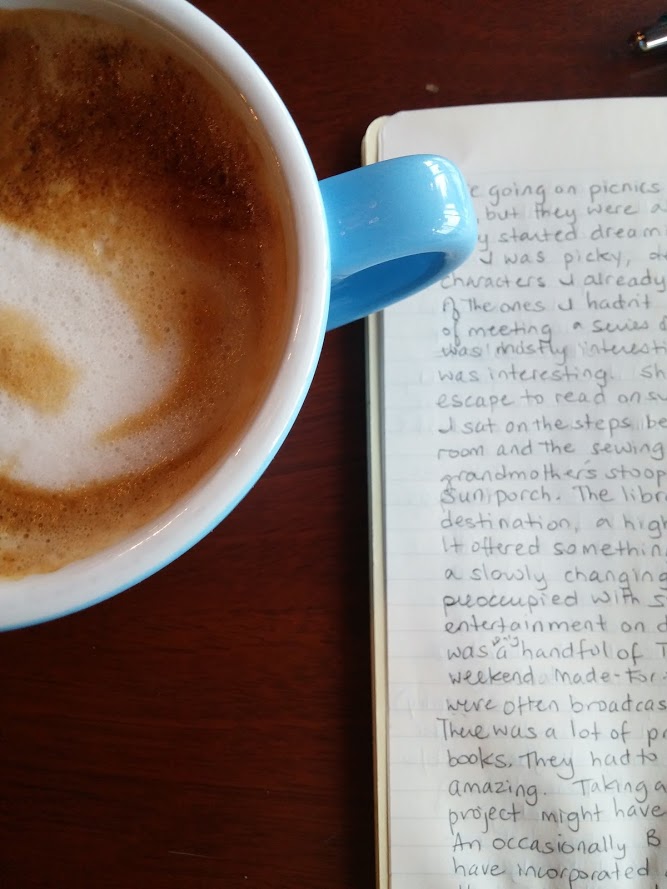There is a house call and a diagnosis, which is followed by a cure, and, next, an alternate cure: it’s a gimmick, sure, but accessible and playful.
There are even spaces, like worksheet lines, inserted into the book, so that you can fill in the spaces with, for instance, an imagined warning for your story, or your main character’s sharpest early memory, fears or desires.
So, yes, it’s that kind of writing book.
Between each chapter, there is a well-known quotation about writing and creativity (from writers like Stephen King, Salman Rushdie and J.D. Salinger).
You’ll hear from reliable and familiar sources, like Anne Lamott, Isabel Allende and Joan Didion on craft.
And you’ll read selections from works by Dickens and Fitzgerald for analysis. Classics and safe choices. There’s also an index with endnotes (and source details).
But even beyond the concept, there is a sense of fun lurking behind the prose. Like the subtitle “Is your writing out of touch?” in consideration of ways to bring the tactile world onto the pages of your manuscript. And in passages like this one: “And when you are done, revise accordingly. Revise as if someone will lock you away for five years in a world without books or puppies or chocolate or red wine (whatever your biggest weakness is) if your writing is not lighting and delighting every inch of the readers’ neural pathways.”
Useful and practical tips and advice like, for example, when it comes to characterization, to allow characters to be distracted on the page (because people do get distracted) but don’t overuse their names in dialogue (because people known to each other do not use each other’s names very often).
The exercises are straight-forward and clear. So that, for instance, a study in perspective recommends that you try to describe a schoolyard, first, from the perspective of a child on the first day of school and, then, on the last day of school, without identifying either day, only making the situation clear via style and content.
Occasionally there are stationery products required, as when, for example, working on characterization, Moore advises you to high-light passages from a story/chapter in yellow for things you tell your reader about your character, in pink for things you show your reader about your character, and in green for actions you present your character executing: finally, consider the patterns and quantities and adjust in favour of green. (Michelle Visage would not approve.)*
Mostly the advice here is basic. Like: “I prescribe trial and error, cutting and pasting, a heavy dose of the delete key, and lots of trying again.” (On beginnings.) And: “Thoughtful revision takes varied forms, from sentence level to story level, with different considerations and questions at every stage.”
But sometimes a basic statement can act as a reset. Consider: “A memoir is not everything that happened in your life; rather, it is those moments that tell the story best.”
For my taste, I prefer the volume I read first by Dinty W. Moore, which is arranged to be a more casual encounter.
But this is good stuff for beginning writers.
*Viewers of RuPaul’s Drag Race will appreciate that reference. Those who wish to get the joke now have the option of procrastinating for the time it takes to watch all eleven seasons.
Dinty W. Moore’s The Story Cure: A Book Doctor’s Pain-Free Guide to Finishing Your Novel or Memoir. NY: Penguin Random House – Ten Speed Press, 2017.

